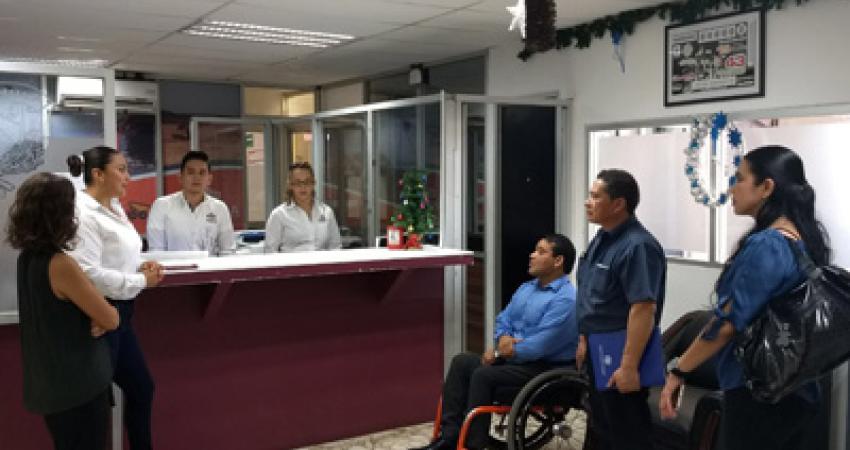Municipalities from the Northern and Southern borders of Mexico exchanged best practices on migration

Tapachula, Mexico – The Mexican municipalities of Tapachula ad Tijuana, border cities with Guatemala and the Unites States respectively, organized, with the support of IOM, a second meeting on the 13th and 14th of December 2017 to exchange experiences and best practices from each border.

It is estimated that 1.2 million migrants are in Mexico, while 357 of them died in the border of this country and the United States in 2017. Given the importance of migration in Mexico, the municipalities of the southern and northern border have implemented a variety of mechanisms to respond to these migration flows. Because of that, a dialogue between the local authorities at each border is a crucial input for the work of partners that assist migrants, and for IOM in the advancement of actions towards the protection of migrants.
The objectives of the meeting were centered around calibrating protection mechanisms and creating strategic linkages to establish a common agenda for the preparation and response to the challenges associated to migration in both municipalities.
In this opportunity, the northern City Council of Tijuana visited the southern border, while in September, its homologue of Tapachula traveled to learn about the experience lived in the border with the United States. Continuing these meetings between municipalities will enable more and better joint initiatives on migration, while also avoiding the duplication of efforts.
 This is one of the many national and international meetings promoted by IOM through the Mesoamerica Program on migration management and migrant protection. A regional level example took place last September when authorities from the countries of the north of Central America and the South of Mexico met to share best practices and jointly address the challenges associated to the migration of boys, girls and adolescents.
This is one of the many national and international meetings promoted by IOM through the Mesoamerica Program on migration management and migrant protection. A regional level example took place last September when authorities from the countries of the north of Central America and the South of Mexico met to share best practices and jointly address the challenges associated to the migration of boys, girls and adolescents.
The Mesoamerica Program is funded by the US Department of State and it contributes to the development and implementation of strategies for the promotion of regular, orderly and safe migration, ensuring the adequate protection of migrants.